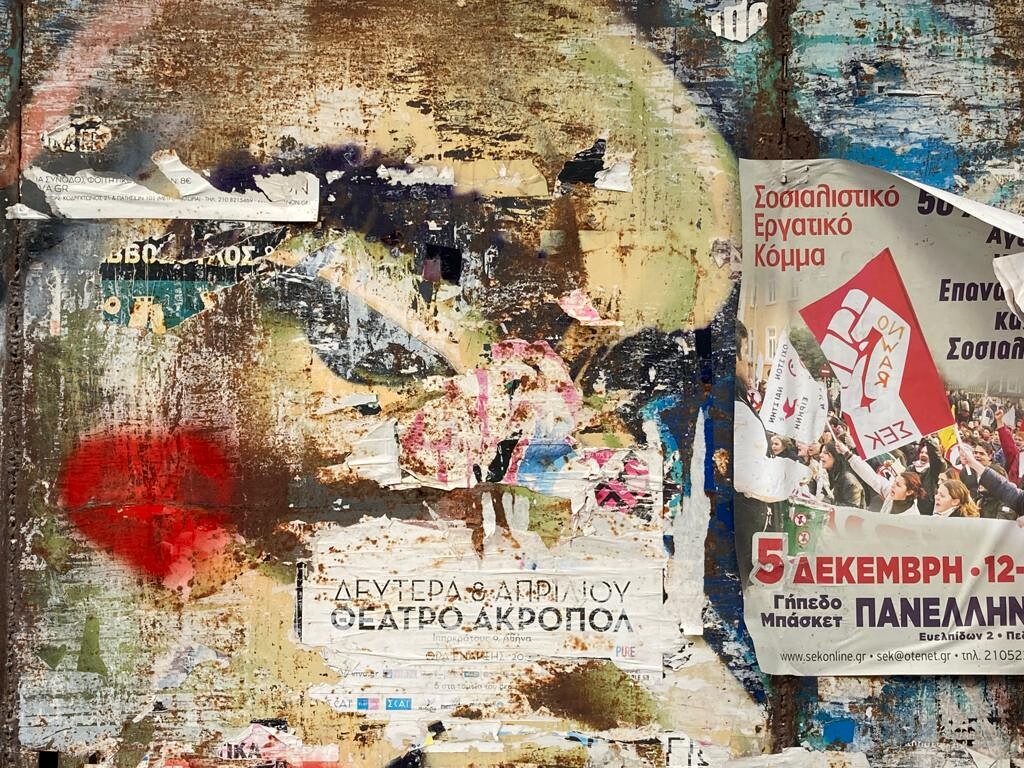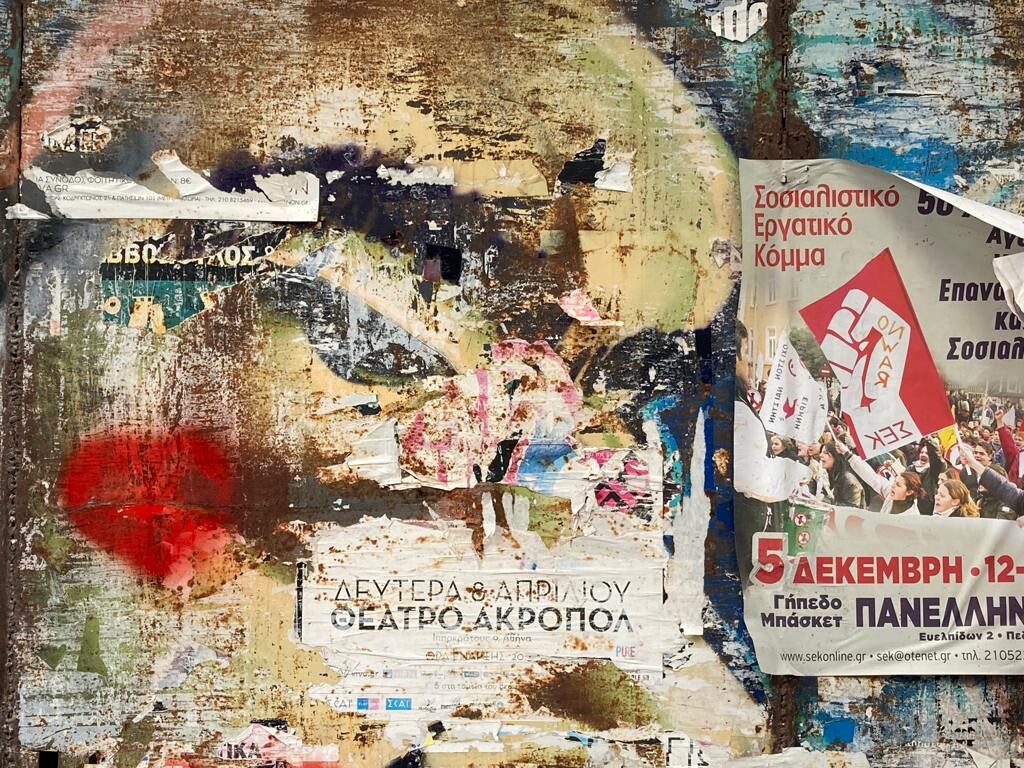It is easier to discount the importance of things than it is to advocate for them. One would expect a book titled Art Writing in Crisis to make an argument for criticism in “times like these”—an exhausting task in which writers are cornered into justifying their practice, which may end up equating art, culture, and discourse with what is now termed “essential work.” The crisis in the title isn’t the one I initially thought it was: it’s not art criticism that is in crisis, but the world. Instead of proposing criticism as a solution to upheaval, the writers in this book are reflecting on how we work in the midst of global chaos. The theme of their essays is not the place of art criticism now; there are no solutionist ideals about the role of art in society, or claims of how crucial art and criticism are, “now more than ever.” Instead, the 22 texts are largely personal in approach but community-oriented in scope, and appended by historical surveys on art publishing and writing, making a true argument for the value of art and criticism—not to save a society in crisis, but to grow the sense of collectivity that builds one.
Taylor Renee Aldridge and Jessica Lynne, cofounders of magazine arts.black, a journal of art criticism from Black perspectives, present their contribution as an exchange of letters between two friends. “Dear Jess,” Aldridge writes, reflecting on what she learned when she moved back to her hometown Detroit in 2014, after years spent studying on the East Coast. “Taylor,” comes the answer, wherein Lynne describes 2020 as “a year of reckoning” and considers the position from which they are writing and publishing: “When I say that I am a Black critic who has something to say to Black people, I recognize that this also means that not everyone will like what I have to say, most of all my own people.” The intimacy of their writing to each other is not some privileged position to which readers are made privy: this is a public conversation, delivered with care and clarity, and the act of sharing in it is generative.
Critic Sarah Gory (who also copyedited the book) titles her essay “In Communion: Art/Writing and the Fictocritical.” Gory is writing about criticism that merges creative writing into it, while also enacting it. She is writing about art while writing about motherhood: “A text about mothering is now a text about art writing which turns out to be fitting, in this new age of pandemic, where the things that I do variously—mothering, writing, art writing—are increasingly the things I do simultaneously.” The communion in her title posits these various labors as different forms of coming together with others, at home and at the museum, and recognizing, as Aldridge and Lynne discuss, that a person’s position—gender, race, class, place of origin—not only affects but also informs the way they work.
That’s because work continues in crisis. In fact, it can be enhanced and intensified by it. The impact of political crises is unequally distributed across the world, as Covid-19 and global heating have painfully reiterated, and there is growing admittance in the cultural sphere that social justice must lead policy. That so much of this labor falls on artists, curators, and critics of color is reflected and critiqued in several of the book’s essays, including curator Kalia Brooks Nelson’s contribution considering race in contemporary art writing, which opens: “This essay is being written in the context of social revolution.” Brooks Nelson goes on to emphasize the significance of intersectional positions in criticism to oppose any idea that the work of Black artists can be seen through a prism that divides its aesthetics from its politics. This resonates with Yugambeh writer Maddee Clark describing all the ways in which institutions have tried to bring him near in their efforts to “decolonize”; citing Filipino-Australian writer, curator, and artist Andy Butler, Clark writes about traditions of artists collectivizing as a conscious form of refusing institutions that think of themselves as at the center of power. This essay is followed by an example of collectivizing as a spirit of refusal in Sara Kaaman, Jessica Gysel, and Katja Mater’s “Anyone with a Link Can Edit.” The brilliant title, taken from Google Docs’ permissions language, is a precursor to the form the essay takes: a writing exercise that not only explores the possibilities of writing—working, thinking—collaboratively, but enacts them, along with a serving of tech criticism and a feminist perspective.
In this essay, the platform becomes a metaphor, which is in keeping with the very practical, under-the-hood approach to art publishing in many of the texts. Alongside the historical views—an interview with Flavin Judd about publishing the collected writing of his father Donald, or Megan Patty’s study of museum publishing past and present—there’s a conversation between Anna-Sophie Springer, director at publisher K. Verlag in Berlin, and Caleb Waldorf, one of the founders of Triple Canopy. The two talk about the ways they work in print and online (and how the two are more similar than many people would think), and how publishing builds communities between editors, writers, subjects, and readers, in ways that are reassessed with every book and each issue. This is followed by a conversation between the book’s editors, Brad Haylock and Patty, and Astrid Vorstermans, director of Dutch publishing house Valiz. Vorstermans talks about publishers as the agents of “minor gestures” that engender change: the “major gestures” are those of the authors and artists who generate ideas, but the publisher is there for the minor chords—to believe, trust, be patient, connect, sort, bring together. I read this not as a major or minor proposal for writing or publishing, but as a method of working with others.
Flipping through the book again, between all the sections I underlined, ideas circled, words added in the margins, I returned to a heart-shaped annotation I’d left next to one word in Dan Fox’s essay. Fox writes a kind of plague diary from the first Covid-19 lockdown in New York that draws on his personal history working as an art critic and editor of frieze, and exploring ways of relating to contemporary art even when locked away from its traditional halls. I left the heart on page 64, where he recalls how artists used to sometimes stop by the frieze offices for a chat which he describes as “gossip, anecdotes, gripes, and enthusiasms.” There’s something so genuine about that last word. When I write above that it’s easier to disregard things than make a case for them, what I want to argue for is enthusiasm. To take an interest in something, and feel that it’s important, full of potential; to allow for a view of the world that goes beyond platitudes of the now-more-than-ever vintage. They may not be essential, but “enthusiasms”—particularly when shared—feel worthwhile. This book’s emphasis on sharing—personal experiences, research, concerns, efforts, lessons, enthusiasms—proposes that reading, writing, and publishing could make a community. Against the global crises to which the book’s title refers, which are polarizing societies around the world, the outlook offered here is communal, a suggestion that coming together could be a way of persisting through turmoil.
Art Writing in Crisis, edited by Brad Haylock and Megan Patty, is published by Sternberg Press.

